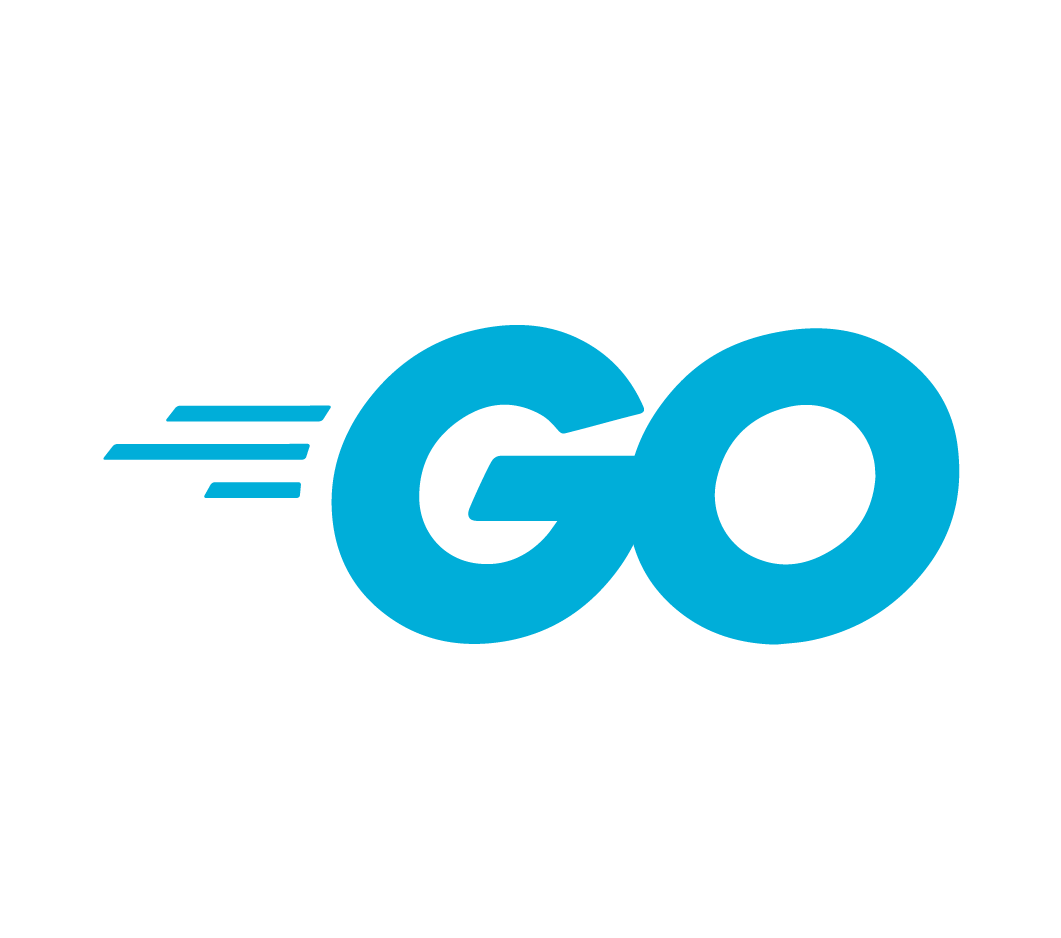218 reads
Everything You Have to Know About Go 1.24
by
April 13th, 2025
Audio Presented by

Go is an open-source programming language used by companies such as Google, Meta, Microsoft, and more.
About Author
Go is an open-source programming language used by companies such as Google, Meta, Microsoft, and more.